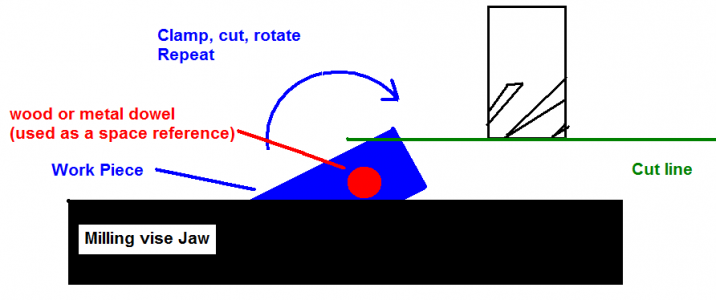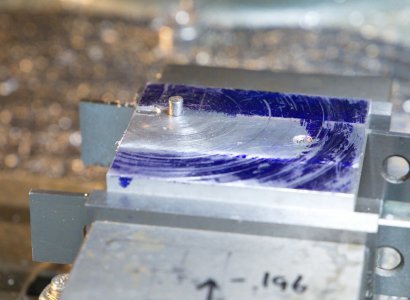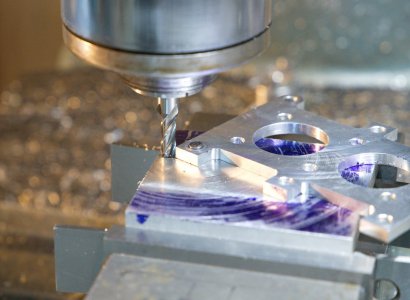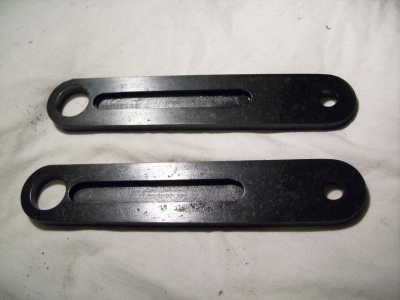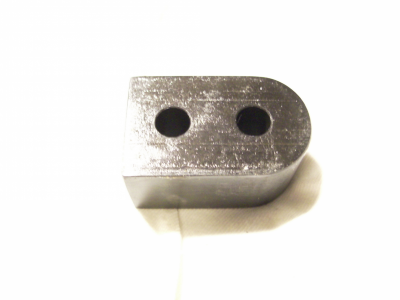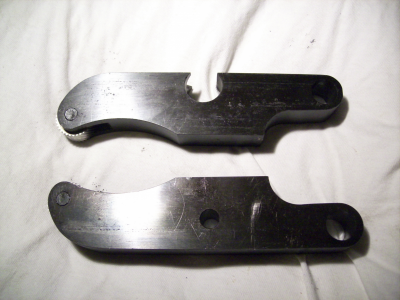- Joined
- Dec 26, 2016
- Messages
- 2,018
While we are on this subject, there's a method of cutting a radius on a rectangle stock . but if we are talking about flat bars, I would go straight to my belt sander if the radius (as others have already suggested) is not critical.


